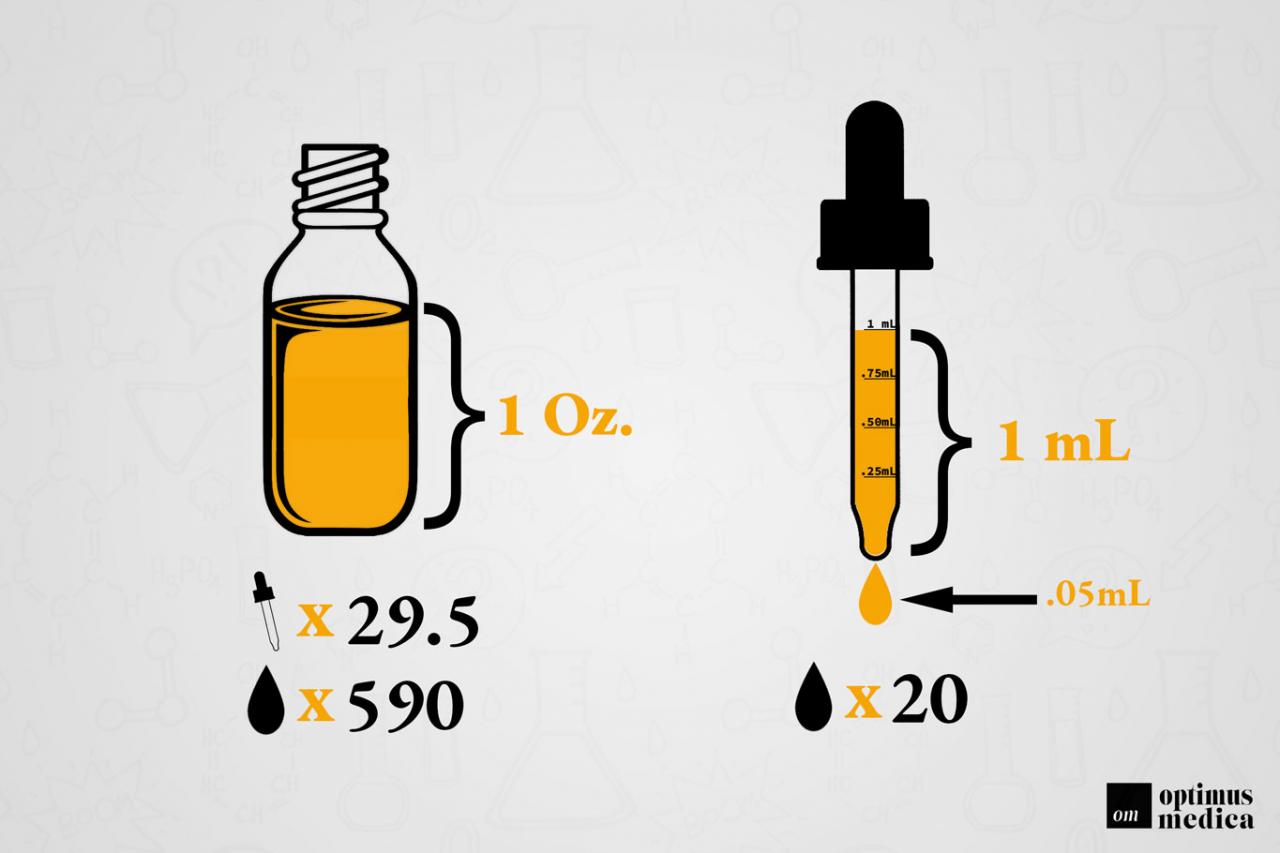
Dropper meaning encompasses a range of instruments designed for precise liquid measurement and transfer. From medical applications to laboratory analysis, droppers serve a vital role in various fields, making them indispensable tools for accurate and controlled liquid handling.
In medicine, droppers are used for administering medications, measuring small volumes of liquids, and collecting samples. In laboratories, they are employed for precise chemical analysis, reagent dispensing, and sample preparation. Droppers also find applications in industrial settings, such as dispensing adhesives, lubricants, and dyes.
Definition of Dropper

A dropper is a small, typically handheld device used to dispense liquids in small, controlled amounts. It consists of a bulb or reservoir connected to a narrow tube with a tip.
In everyday language, “dropper” can refer to:
- An eyedropper, used for administering eye drops or measuring small volumes of liquid
- A medicine dropper, used for measuring and administering liquid medications
- A laboratory dropper, used for transferring and measuring small volumes of liquids in scientific experiments
Types of Droppers, Dropper meaning
Droppers come in various types, each designed for specific applications:
- Medical droppers: Used for administering eye drops, ear drops, and liquid medications. They have a soft, squeezable bulb and a narrow tip for precise dispensing.
- Eyedroppers: Similar to medical droppers, but specifically designed for administering eye drops. They have a smaller bulb and a tapered tip to fit into the eye.
- Laboratory droppers: Used in scientific laboratories for transferring and measuring small volumes of liquids. They have a graduated scale on the tube for accurate measurement.
Uses of Droppers
Droppers have a wide range of applications in medical, scientific, and industrial settings:
- Medical: Administering eye drops, ear drops, liquid medications, and vaccines
- Scientific: Measuring and transferring small volumes of liquids in experiments, preparing solutions, and performing chemical analysis
- Industrial: Dispensing adhesives, lubricants, dyes, and other liquids in precise amounts
Materials and Construction of Droppers
Droppers are typically made from materials such as:
- Glass: Durable, resistant to chemicals, and provides clear visibility of the liquid
- Plastic: Lightweight, flexible, and disposable
- Rubber: Squeezable and provides a tight seal
The construction of a dropper includes:
- Bulb or reservoir: Holds the liquid and allows for squeezing
- Tube: Connects the bulb to the tip and controls the flow of liquid
- Tip: Narrow opening for precise dispensing
- Graduations (for laboratory droppers): Markings on the tube for accurate measurement
Techniques for Using Droppers
Using droppers effectively requires proper techniques:
- Measuring liquids: Fill the dropper to the desired graduation mark by squeezing the bulb and releasing it.
- Transferring fluids: Hold the dropper vertically and gently squeeze the bulb to dispense the liquid.
- Administering medications: Follow the instructions on the medication label. Hold the dropper over the affected area and gently squeeze the bulb to release the liquid.
Maintenance and Care of Droppers
Proper maintenance and care of droppers are essential for accuracy and longevity:
- Cleaning: Wash the dropper with warm water and soap after each use. For medical droppers, sterilize them by boiling or using a disinfectant solution.
- Drying: Allow the dropper to air dry completely before storing.
- Storage: Store droppers in a clean, dry place away from direct sunlight.
End of Discussion

In conclusion, droppers are versatile and essential tools that enable precise and controlled liquid handling across diverse fields. Their unique design and construction ensure accurate measurement, efficient transfer, and reliable performance. Understanding dropper meaning and the different types, uses, and techniques associated with them empowers users to harness their full potential for a wide range of applications.
Essential FAQs: Dropper Meaning
What are the different types of droppers?
There are various types of droppers, including medical droppers for medication administration, eyedroppers for applying eye solutions, and laboratory droppers for precise liquid measurement and transfer.
How do you use a dropper?
To use a dropper, gently squeeze the bulb to draw liquid into the dropper. Hold the dropper vertically and release the bulb to dispense the liquid drop by drop. Use a clean dropper for each application to prevent contamination.
How do you clean a dropper?
To clean a dropper, disassemble it and rinse all parts thoroughly with warm water. If necessary, use a mild detergent and a soft brush to remove any residue. Rinse again with clean water and allow the dropper to air dry completely before reassembling.





